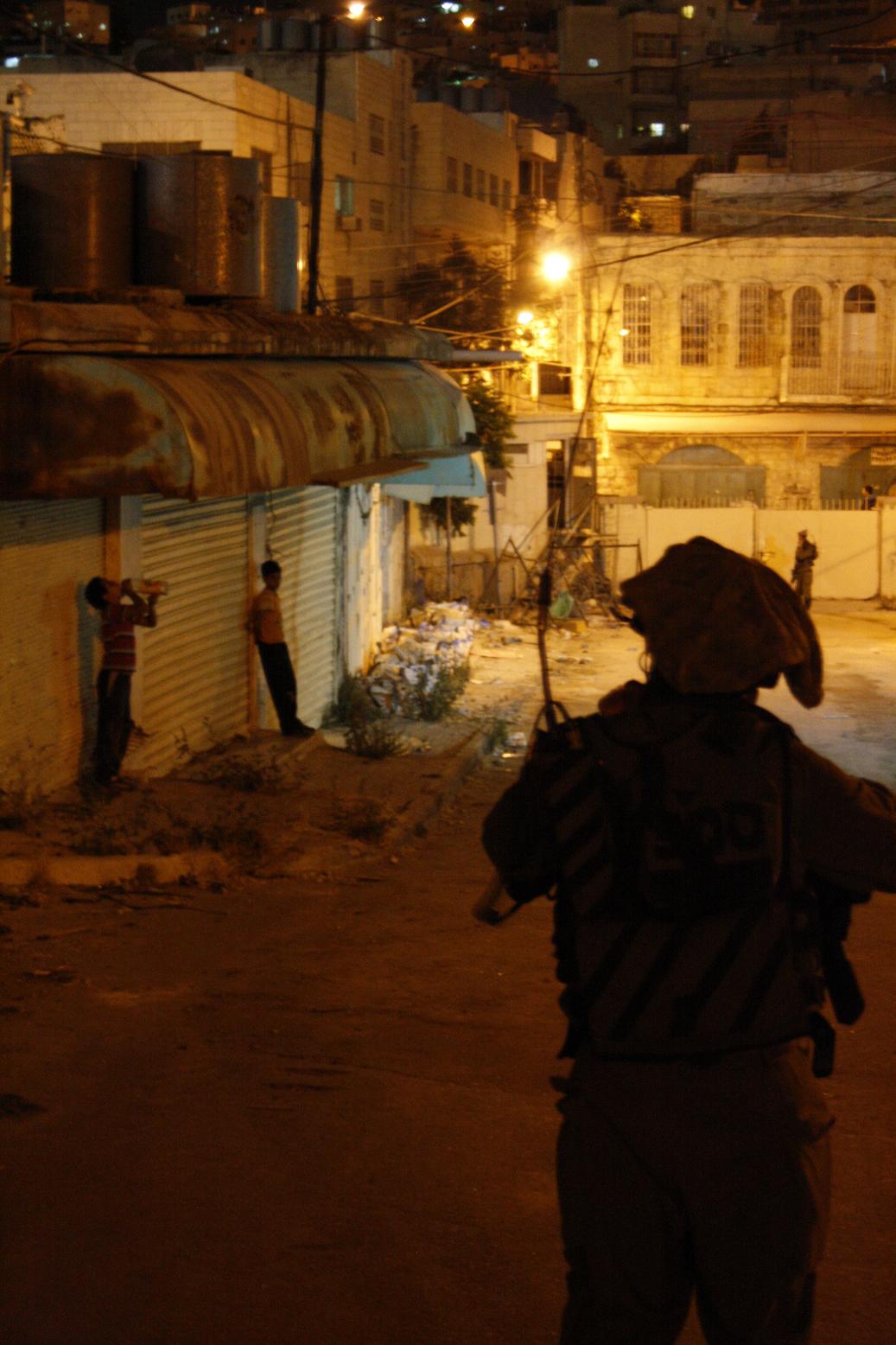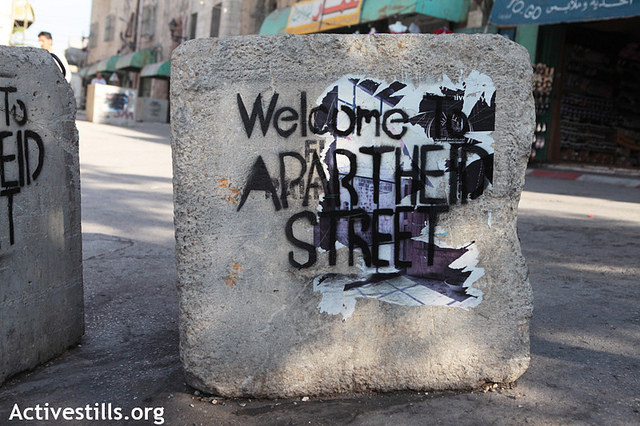Tag: Shuhada Street
-
Witness to a child arrest in occupied Hebron
24th June 2013 | International Solidarity Movement, Khalil Team | Hebron, Occupied Palestine Since coming to the West Bank I had heard a lot about the Israeli army detaining and arresting children. Despite this, the first time I saw it myself, I was amazed. Amazed that people – young soldiers – could intimidate, harass and…
-
A word of caution from settlers to internationals in Hebron
11th June 2013 | International Solidarity Movement, Khalil Team | Hebron, Occupied Palestine On the evening of Thursday, 6 June 2013, a fellow activist and I were walking home from an innocent venture to get a refrigerator door in the Prayers’ Road area of the H2 area of Hebron. My companion saw out of the…
-
Jamila Shalaldeh, accused of assaulting 13 soldiers found innocent by Ofer Military Court
23th May 2013 | International Solidarity Movement, Team Khalil, Hebron, Occupied Palestine On Tuesday 21st May, Jamila Shalaldeh was found innocent by Ofer Military Court of assaulting 13 soldiers. Jamila and her son Abdel were visibly nervous before her trial. Fortunately, the Israeli military judge agreed with Jamila and her family that the charges against…


